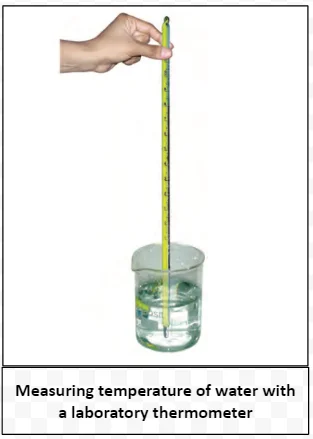![]() 19 Dec 2023
19 Dec 2023
Understanding the principles and dynamics of energy is fundamental to various aspects of daily life, technological advancements, and environmental consciousness. Energy sources are the lifeblood of modern civilization, powering our homes, industries, and transportation systems.
Heat and Its Perception


Clinical Thermometer: Design, Procedure, and Limitations for Accurate Body Temperature Measurement


<div class="new-fform">
</div>